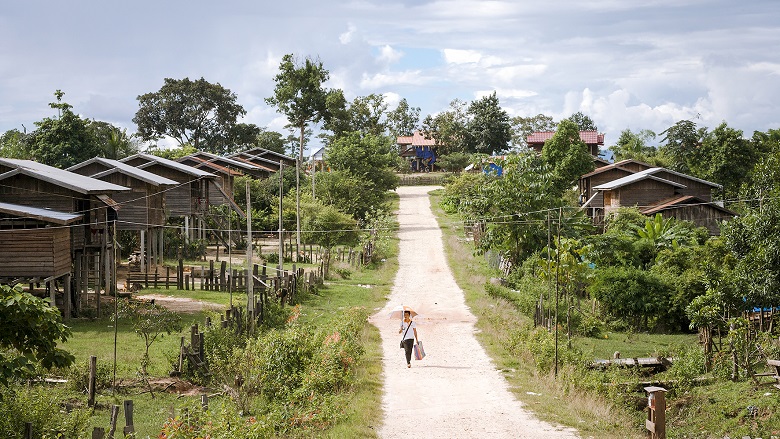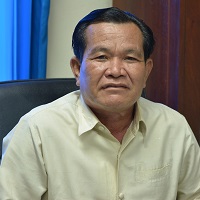Working to develop sustainable livelihoods in 17 villages that were relocated for the Nam Theun 2 (NT2) hydropower project has been a challenging mission for Mr. Thonekeo Chanthavong in his role as Nakai District Vice Governor. Thonekeo is responsible for economic development of the district, as well as leading coordination of the resettlement management of the NT2 project.
Thonekeo has lived in Nakai since it became an independent district in 1993 and was involved in resettlement management since early in his career, beginning in 1996 when he was a Technical Officer collecting information from village consultations in preparation for resettlement. Since the start of the physical relocation in the early 2000s, he has been working on the project’s livelihood development programs – village forestry, fisheries, agriculture and livestock, and off-farm activities (such as tourism and handicrafts), to support people to adapt to their new environment.
Over ten years after the relocation of villages, Thonekeo has seen significant social improvement in the villagers’ welfare. Construction of village infrastructure, like water pumps and schools, and district facilities like paved roads and health centers, has helped people gain better access to markets, education, and healthcare. As a result, rates of school enrollment and adult literacy have expanded, giving villagers better income-earning potential. As of 2013, Nakai is no longer among the poorest districts in the province.


